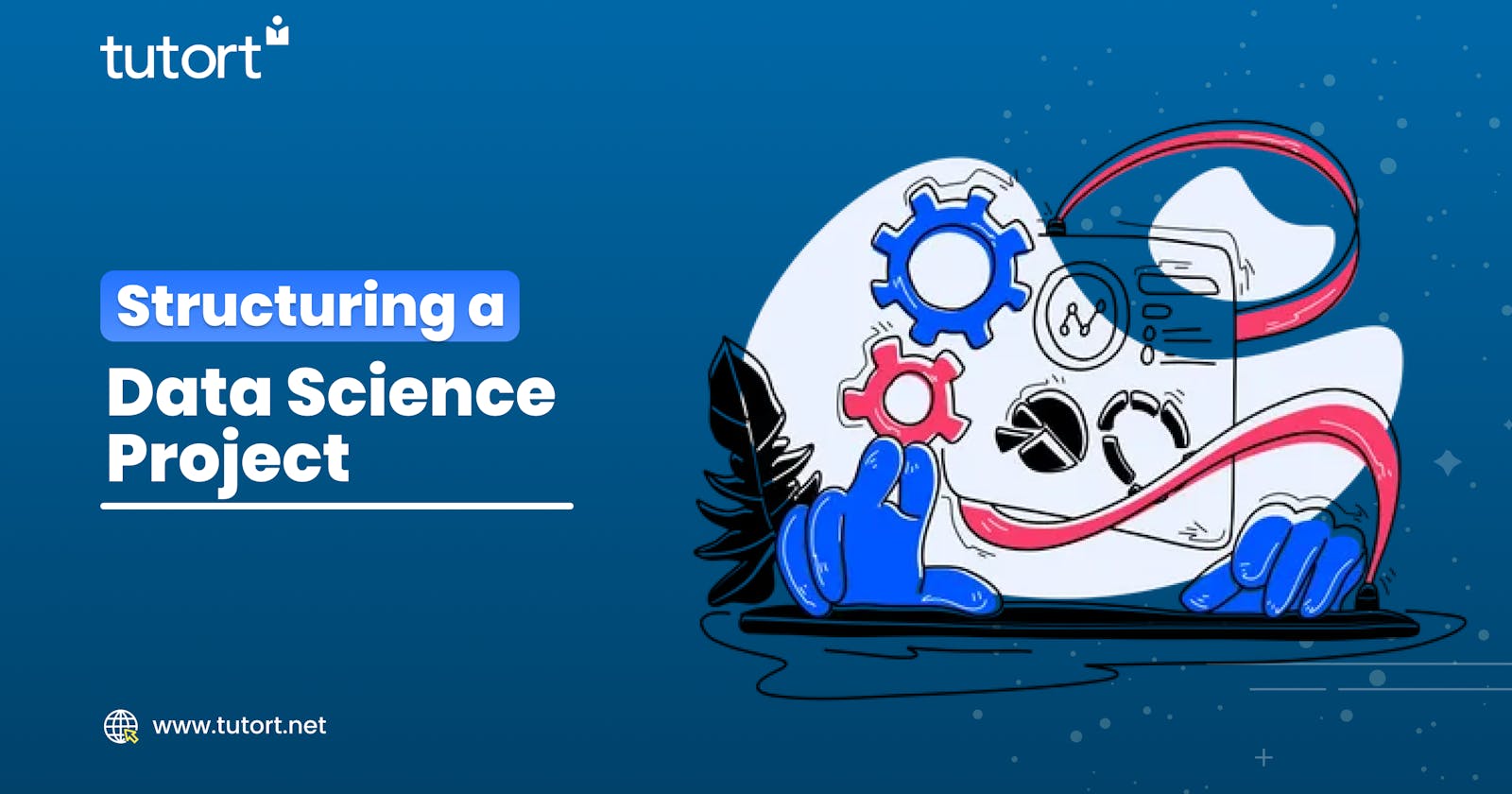Your Step-by-Step Guide
Structuring a data science project is a crucial step that sets the stage for its success. You can enhance collaboration, efficiency, and reproducibility by organizing your project thoughtfully.
Let's unravel the complexities and explore a step-by-step guide to structuring your data science projects in a clear and accessible manner.
Significance of Structuring Data Science Projects
Succeeding in data science projects demands a commitment to discovery and exploration. However, before delving into the exploration phase, understanding and optimizing the project's structure is paramount.
Rather than reinventing the wheel for each project, leveraging a master template can streamline the process, ensuring maintainability, reproducibility, and time efficiency.
Advantages of Structuring Data Science Projects
Structuring your data science projects and source code offers various advantages, including:
Better Collaboration and Communication: A consistent project structure facilitates seamless collaboration and communication across the data science team, making it easier to track amendments made by team members.
Efficiency: Structuring your project prevents code duplication and self-repetition, streamlining the process of finding and reusing code, thereby enhancing overall efficiency.
Reproducibility: Maintaining reproducible models and versioning ensures the ability to revert to previous versions quickly if needed, facilitating the evaluation of model performance.
Data Management: Separating raw, processed, and interim data simplifies replication and ensures all team members can effortlessly replicate existing models, reducing the time spent searching for specific datasets.
Tools and Resources for Structuring Data Science Projects
Now, let's explore the 8 tools and resources that can help you effectively structure your data science projects:
1. Cookiecutter
Cookiecutter, a command-line utility, helps you to develop projects from existing templates or create your own. This versatile tool allows you to import and utilize specific parts of templates that suit your project's requirements.
2. Managing Dependencies
Various platforms are available to help manage dependencies, allowing you to isolate primary and sub-dependencies, create legible dependency files, and ensure that your project is set up with minimal effort.
3. Organizing Folders
A well-structured project template enables you to arrange your data, source code, reports, and files, providing a clear overview of alterations made to the project. This includes organizing folders for models, data, notebooks, source code, and reports.
4. Makefile
Makefiles enable seamless project workflow structuring, documentation, and model reproduction, promoting reproducibility and simplified collaboration within a data science team.
5. Leveraging Hydra for Configuration Files Management
Hydra, a Python library, facilitates accessing parameters from configuration files in a Python script, aiding in separating values from the code and preventing hard coding.
6. Managing Models and Data With DVC
Data Version Control (DVC) provides a solution for versioning models and data, offering benefits such as uploading data to remote storage and maintaining data on various platforms.
7. Pre-commit Framework
The pre-commit framework allows you to identify and address straightforward issues in your code before committing it, ensuring organizational consistency and adherence to style guidelines.
8. API Documentation
Collaborating with relevant team members to create accurate project-related documentation is pivotal for successful project structuring.
In Conclusion
By following these tried-and-tested tools and resources, you can successfully structure your data science projects, leveraging templates that offer flexibility to tailor your project based on specific applications. These techniques not only streamline your project organization but also set the stage for enhanced collaboration, efficiency, and reproducibility.

